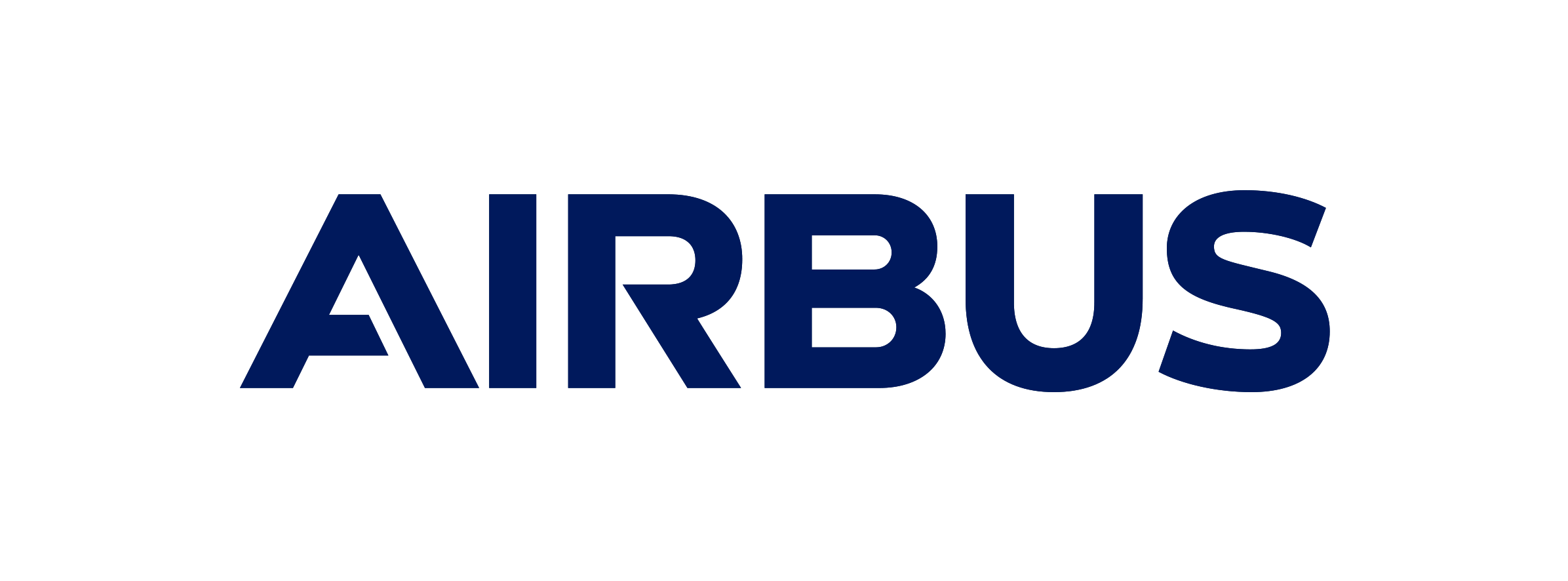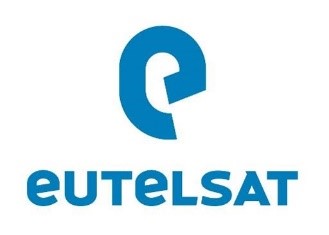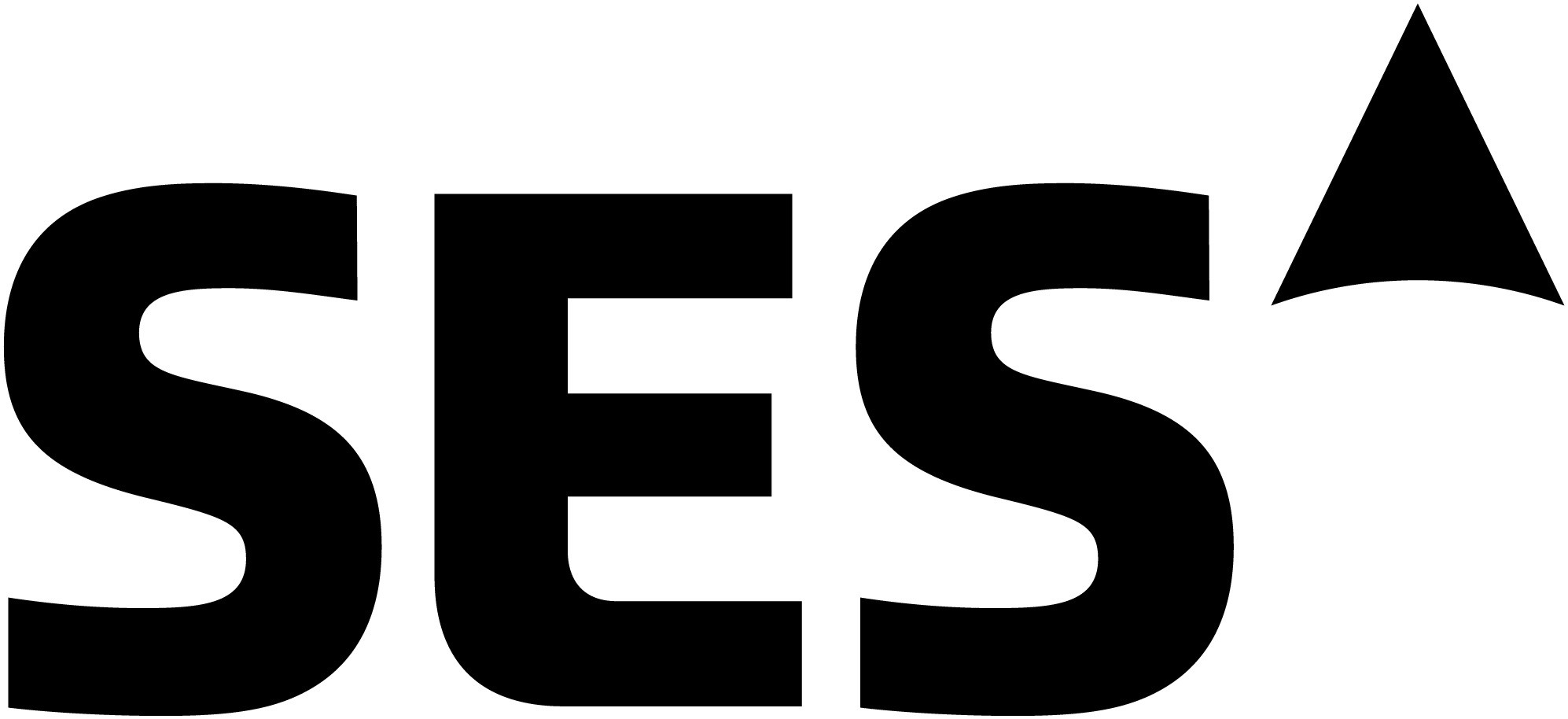-
StatusCompleted
-
Status date2019-11-26
-
Activity Code1A.085
The World Radiocommunications Conferences (WRCs) are the organ of the ITU with the responsibility for amending the Radio Regulations. For this reason WRCs are of significant importance to the communications industry.
ESA’s project within its ARTES FP programme “Preparation of WRC-15 and Support to European Regulatory Activities” provided the opportunity for the ESA to support the general positioning of the European satellite industry to promote and safeguard the European interests on issues to be addressed at the WRC-15.
The high level goals pursued were:
- to proactively engage in WRC preparations, prepare common positions, and engage at CEPT and ITU preparations;
- to undertakes, or foster such undertakings, of necessary technical studies to support WRC preparations;
- to find ways to deal with proposals unfavourable to the satellite industry;
- to attend CEPT and at ITU meetings (also other regional meetings), where possible within the ESA delegations.
Several agenda items (AIs) identified for the WRC-15 have had a significant bearing on the satellite industry. These AIs were identified in the ESA's Statement of Work (SOW). There were several non-WRC items also identified in the SOW. European Satellite Industry Consortium (ESIC) was formed to undertake the work, and ESIC made a clear assignment of responsibilities among its partners, identifying AI (or non-WRC item) Task Coordinators. Although these Task Coordinator generally assumed responsibilities for the conduct of the work, the whole group worked as a team to support each other as far as practicable.
ESIC members met frequently, every two months, alternating physical meetings and audioconferences. ESIC members attended CEPT, ITU and other regional or international meetings. There were regular email correspondence dealing with on-going issues. During the project important achievements were made and relevant lessons were also learnt.
ESIC activities have brought a visible perception of the ESA efforts supporting the Coordination of the European space industry regarding the WRC preparatory process. It is worth mentioning that some space industries, who were not ESIC members, engaged with ESA to comment on ESIC position and offer their views of the matter. These demonstrated the effectiveness of some ESIC work.
With respect to the work carried out, it has to mention that all WRC agenda items and non-WRC matters as included in the ESIC statement of work have been duly worked during the project lifetime. In addition, the Consortium has been flexible enough to accommodate new agenda items, because their relevance and impact in the space industry. As such, additional , have been added to the work load of the project. These were of significant importance to the space industry, and will continue to be importance for the WRC-19. In addition the lifetime of the project was extended until the close of the WRC-15, thereby adding further three months to the project.
Other relevant elements to mention are:
- Some ESIC contributions were the key to development of positions within the CEPT and the ITU-R;
- Good liaison has been established with the French Administration on certain subjects facilitating common understanding and mutual support, based on the proposals made by ESIC.
- Excellent results have been achieved for certain agenda items, for example AIs 1.1 (allowing a minimum of satellite spectrum to be identified for IMT), 7 (on common positions accepted by CEPT and equally at the WRC-15), 9.1.2 (on simplification of the coordination requirements for the coordination arc and interference criterion), 1.5 (on suitability of the FSS to accommodate the CNPC links of the UAVs).
- Very good coordination and sharing of information has been made possible for the rest of agenda items where the positions of the ESIC have been made known to all partners in advanced to the relevant CEPT and ITU R meetings.
- The participation of ESIC experts as members of the ESA delegations to the CEPT and ITU-R meetings has demonstrated as feasible and fruitful component of the work pursued by ESIC: elaborating common positions and defending them at the relevant CEPT and ITU R groups.
The project has been completed in 2016.







